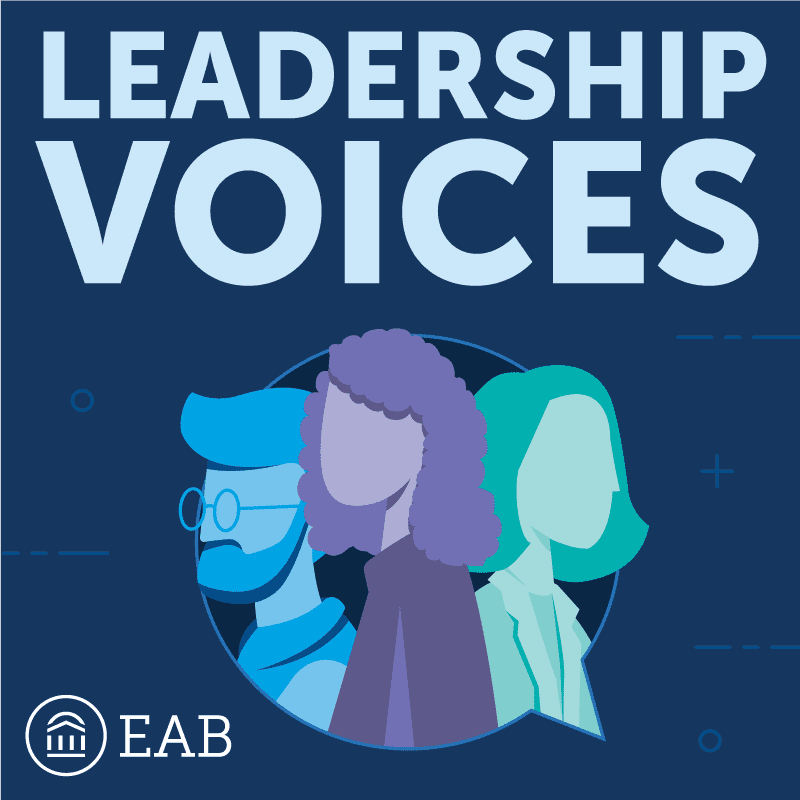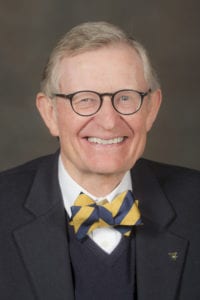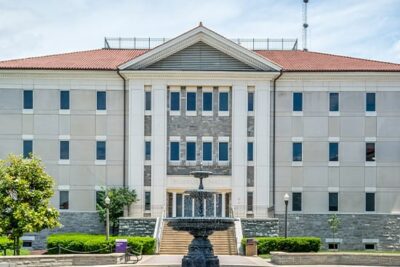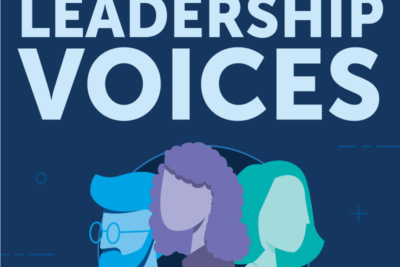“We are all land grants now”: Facing the new normal in higher education

By President E. Gordon Gee, West Virginia University
As our nation began responding to the COVID-19 pandemic this spring, students at Harvard and other prestigious universities faced a stark directive: Vacate campus immediately.
Students and parents objected to these peremptory responses, which especially burdened low-income students who needed to make last-minute travel and storage arrangements.
Having led universities from the largest publics to the most rarified privates for 40 years, I have never encountered a challenge like COVID-19. But I have often observed what this crisis has brought home: At America’s so-called elite universities, elitism too often dominates decision-making.

Critics charge academics with occupying ivory towers far removed from society’s real concerns. This crisis makes it clear that Americans need grounded universities, working side-by-side with their constituents to solve problems. In fact, COVID-19 has reinforced the value of land-grant education’s unique strengths—research-based expertise, scientific innovation and the ability to partner with state and local governments.
In America’s darkest moments—the turmoil of civil war—our leaders expanded the promise of public education to higher education, extending opportunity beyond the wealthy and well connected.
It is important to recall the times in which President Lincoln had the vision and wisdom to sign the Morrill Act, creating land-grant education: 1862 was the year of the Battle of Shiloh, the Second Bull Run, and Antietam. The loss of human life was nearly beyond comprehension. Uncertainty was high and hope was scarce.
I have observed American higher education from nearly every vantage point. And I am here to say that “Mr. Lincoln’s universities” still have an unparalleled potential to advance the common good.
Twenty years ago, the Kellogg Commission urged land-grant universities to return to their roots, engaging in reciprocal relationships with communities to solve local problems and prepare students for real-world challenges. As the commission’s original chairman, I believe this crisis is showcasing our progress toward truly “engaged institutions.”
For example, as a land-grant university with Research 1 status and a comprehensive academic medical center, West Virginia University is totally embedded with state government in fighting the pandemic. Governor Jim Justice has made our vice president and executive dean for health sciences, Dr. Clay Marsh, the state’s coronavirus czar. In that role, he has advocated for public policies that have so far prevented a steep escalation in the percentage of citizens testing positive for the virus, and he is guiding a data-driven plan for resuming normal life in West Virginia.
“This is a Black Swan moment for our country which requires universities to lead and not follow. The tragedy of this moment would be if we did not use this crisis as the platform for change.”
– E. Gordon Gee, president of West Virginia University
This is a Black Swan moment for our country which requires universities to lead and not follow. The tragedy of this moment would be if we did not use this crisis as the platform for change.
We may find that this disruption inspires innovations in academic programming, community service and economic development that serve us well long after this pandemic has passed.
We may also find that some tasks we eliminate now as non-essential were never very essential to begin with. Bludgeoning bureaucracy is always difficult for large organizations, but universities have the chance to emerge from this crisis with institutions that are more agile and effective than ever.
“Universities have the chance to emerge from this crisis with institutions that are more agile and effective than ever.”
– E. Gordon Gee, president of West Virginia University
For each college and university, the new normal must start with fearless inquiry: Do we have too many departments and programs? Where are our strengths and how do we enhance them? How do we attract new students and ensure that our retention and graduation rates soar? Do we have too many people doing too few things? Has bureaucracy slowed our progress? What should we be teaching, and what should our students be learning to be competitive now? How do we enhance and accelerate our service to communities?
Moving forward, nothing is sacred in higher education except our integrity. Nothing is more important than generating good will through communication and transparency. And is nothing more critical than leading the charge for change.
In the “new normal,” as never before, colleges and universities will either be the architects of change or its victims.
College and universities can both prevail in this crisis and regain public trust by embracing a new role: Working side-by-side with Americans, rather than issuing edicts from on high.
We are all land-grants now.
E. Gordon Gee is president of West Virginia University, where he began his 40-year career leading universities in 1980. Since then, he has held the top post at Vanderbilt University, Brown University, University of Colorado and Ohio State University, also twice.
Leadership Voices is a series spotlighting vision and courage through crisis. Nominate college presidents who have acted with extraordinary leadership at [email protected]
More conversations with college presidents
How a public health expert responded to COVID-19 on campus
"Our people are afraid, whether it's our board members, faculty, staff, students, or members of our community. But I am hopeful and confident that information can help us overcome fear," says Dr. Melinda Treadwell, president of Keene State College.
How one university overcame two natural disasters
In times of uncertainty, you need to lead with your heart as well as your head, says Dr. David Hall, the president of the University of the Virgin Islands.
Crisis Response Lessons from Mount Saint Mary’s University
EAB’s Mark Shreve joins Dr. Ann McElaney-Johnson, president of Mount Saint Mary’s University in Los Angeles, to talk about the value of small colleges and how a recent crisis helped prepare her team to handle the impacts of the pandemic.
More Blogs

What the Biden administration and a Democratic Congress could mean for higher ed

Chancellor Tim White saw the fall term unfolding—and made a call in May
